Actualité INPN - Inventaires d'espèces -
Le GBIF (Global Biodiversity Information Facility, ou Système mondial d'information sur la biodiversité) est un réseau international dont le but est de mettre à disposition le maximum de données primaires sur la biodiversité via le portail www.gbif.org, de façon libre et gratuite.L’INPN (plateforme nationale du Système d’information de l’inventaire du patrimoine naturel (SINP) contribue au GBIF depuis plusieurs années, en partageant au niveau international les données d’occurrences d’espèces rassemblées par les producteurs de données français sur le territoire national, métropole et outre-mer inclus.



 Your new post is loading...
Your new post is loading...

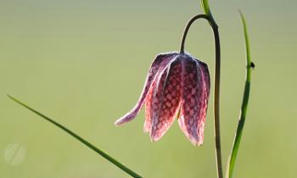


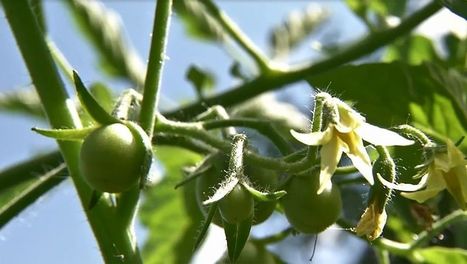
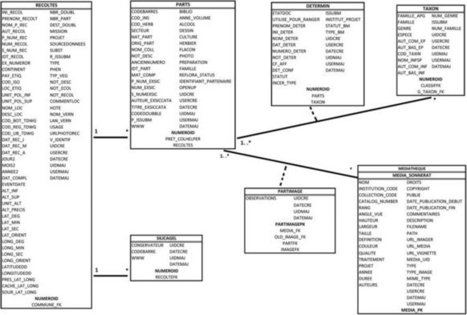
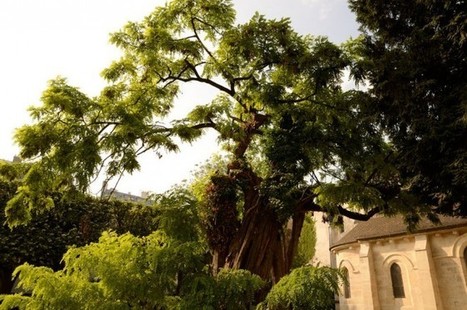
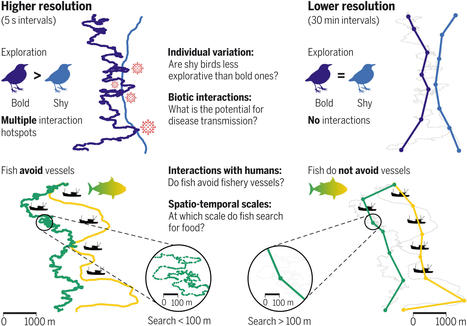
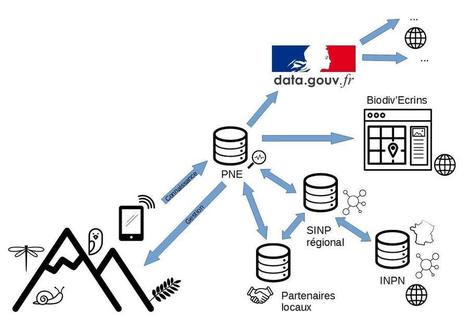
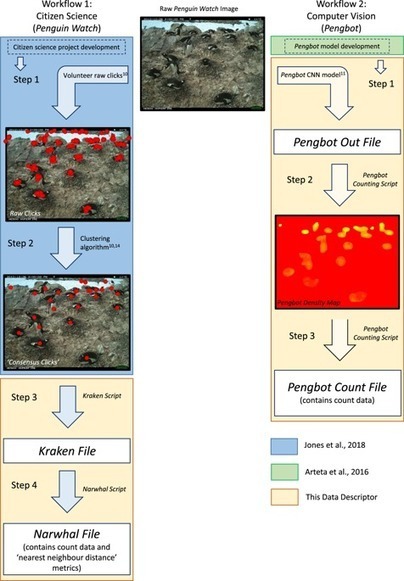



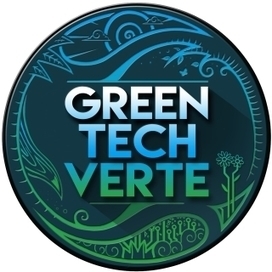





Voir aussi OpenObs
Consulter @GBIF @gbiffrance et http://www.gbif.fr/